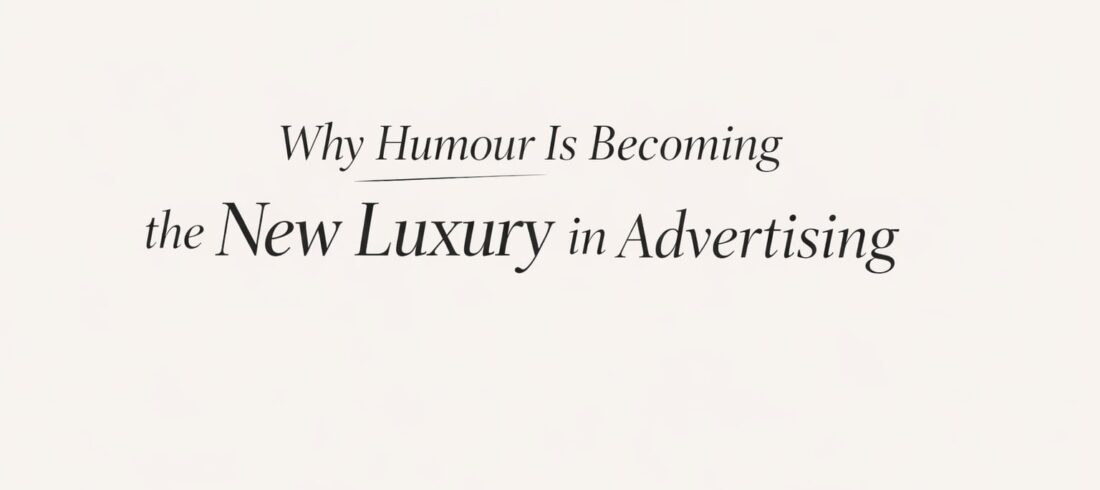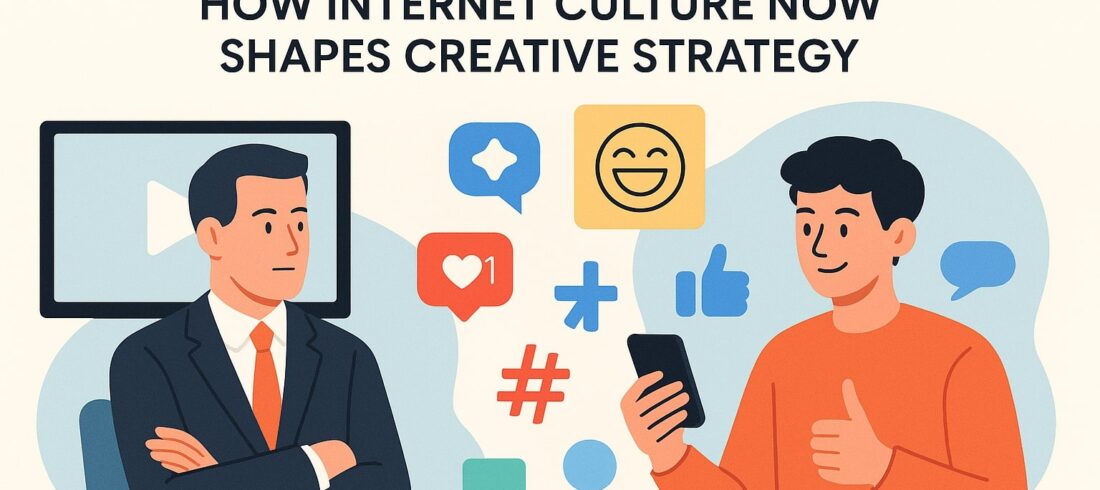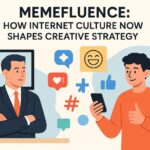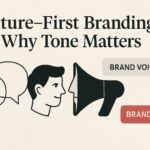
If your campaign says ‘We’re here for you’ but your customer service holds me hostage for 48 minutes to speak to a bot, you don’t need an ad, you need therapy.
Let’s call it like this. People are tired. Tired of empty slogans. Tired of perfect stock photos of smiling families holding salad bowls. Tired of brands telling them how much they “care” while ghosting them on DMs.
And yet every now and then, a campaign slips through that actually makes you feel something. A commercial that doesn’t just try to sell you shampoo, but sells you a story. That’s emotional marketing. And it works because it’s real. It doesn’t feel like a forced pitch. It feels like a conversation with your friend. Take Bima Central’s email campaign we did, it didn’t scream “buy now,” it simply showed up with clarity, empathy, and just enough nudge to feel like help, not hard sell.
Why Campaigns Need Emotional Connection
You could have the best product in the world. But if your brand comes across like a robot with a LinkedIn profile, nobody’s sticking around.
In today’s world, relatability > reach. Audiences crave honesty, vulnerability, and yes, a little bit of humour. That’s where human-centric advertising comes in.
Brands that get this build loyalty, not just traffic.
Creative Brand Campaigns That Got It Right
Let’s talk winners:
Apple – “The Greatest” An inclusive, powerful ad showing people with disabilities using Apple products. No dialogue. Just real people, real moments.
Barbie – The 2023 Campaign Nostalgia, identity, existential crises wrapped in pink. This wasn’t just movie marketing. It was a movement.
Dove – “Real Beauty” Showed women as they really are not how Photoshop makes them. It hit home.
Each of these are human-centric campaigns rooted in real stories, not slogans.
What Most Brands Get Horribly Wrong
Let’s be honest:
- They chase trends instead of truths.
- They confuse mood boards for messaging.
- They slap sad piano music on a montage and call it “impactful.”
The result? Glossy, expensive ads that feel… nothing. Because they say a lot, but mean very little.
Human Truths in Advertising: What That Actually Means
It means starting from the real stuff—frustrations, joy, insecurity, pride. Not from what looks good on a billboard.A brand communication service worth its salt will ask, “What’s the emotional undercurrent here?” Not just, “What colours are on-trend this quarter?”
How to Start Telling the Truth (and Still Sell Things)
You don’t have to choose between emotion and sales. That’s a false choice. The smartest brands do both.
Here’s how:
- Lead with a feeling, not a feature.
- Make it specific. Not “we care,” but show me how you care.
- Use humour, vulnerability, or honesty but only if it’s true.
- Don’t shout. Speak like a human.
Because brand communication services today need less jargon and more gut-punch.
In short
We live in the age of cynicism. People can smell inauthenticity from a mile away. That’s why great advertising doesn’t just inform—it connects. It listens. It tells the truth.
So next time you plan a campaign, ask yourself: Are you giving people a pitch—or a pulse?
Because the best creative brand campaigns aren’t just clever. They’re honest. And in a world of noise, honesty is the loudest thing you can say.That’s emotional economics. And that’s what we do at Narrative Asia.





